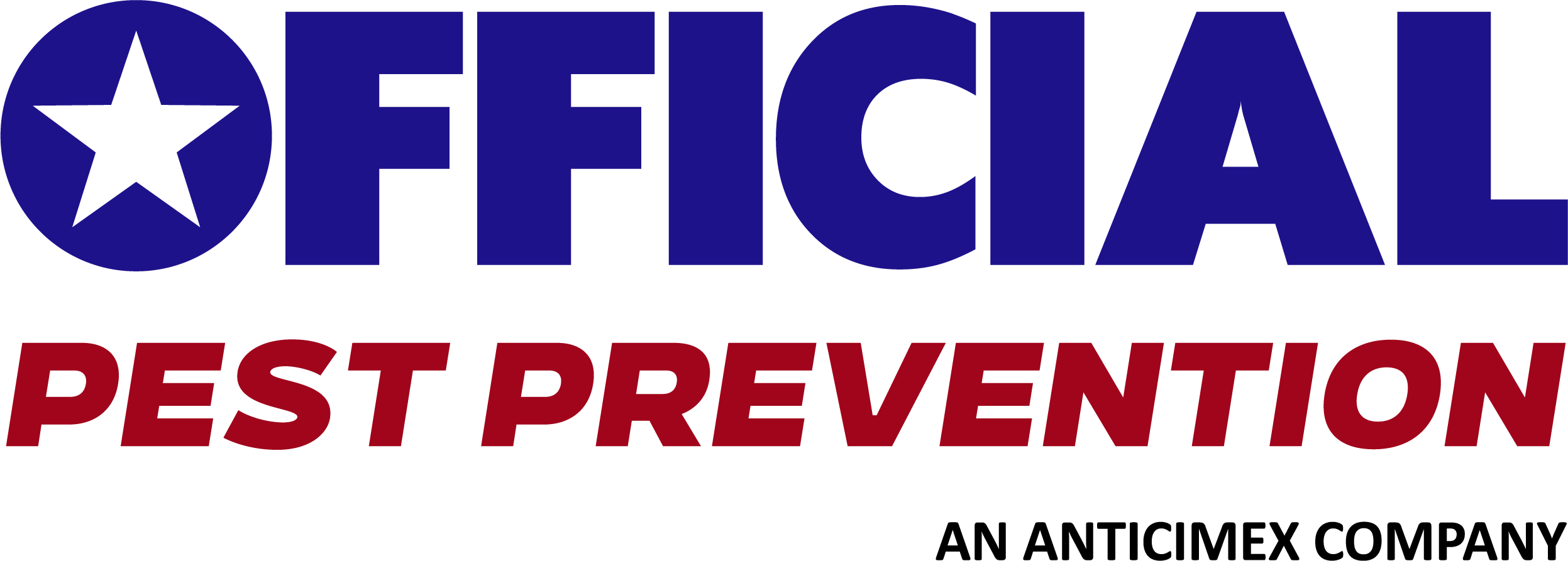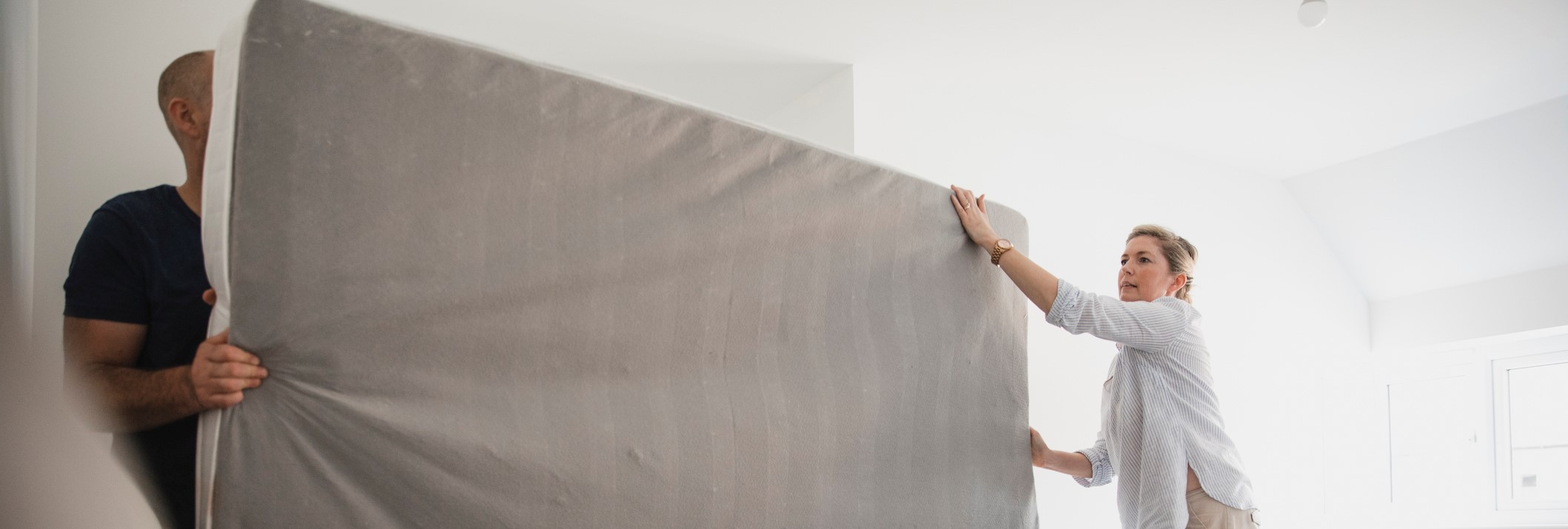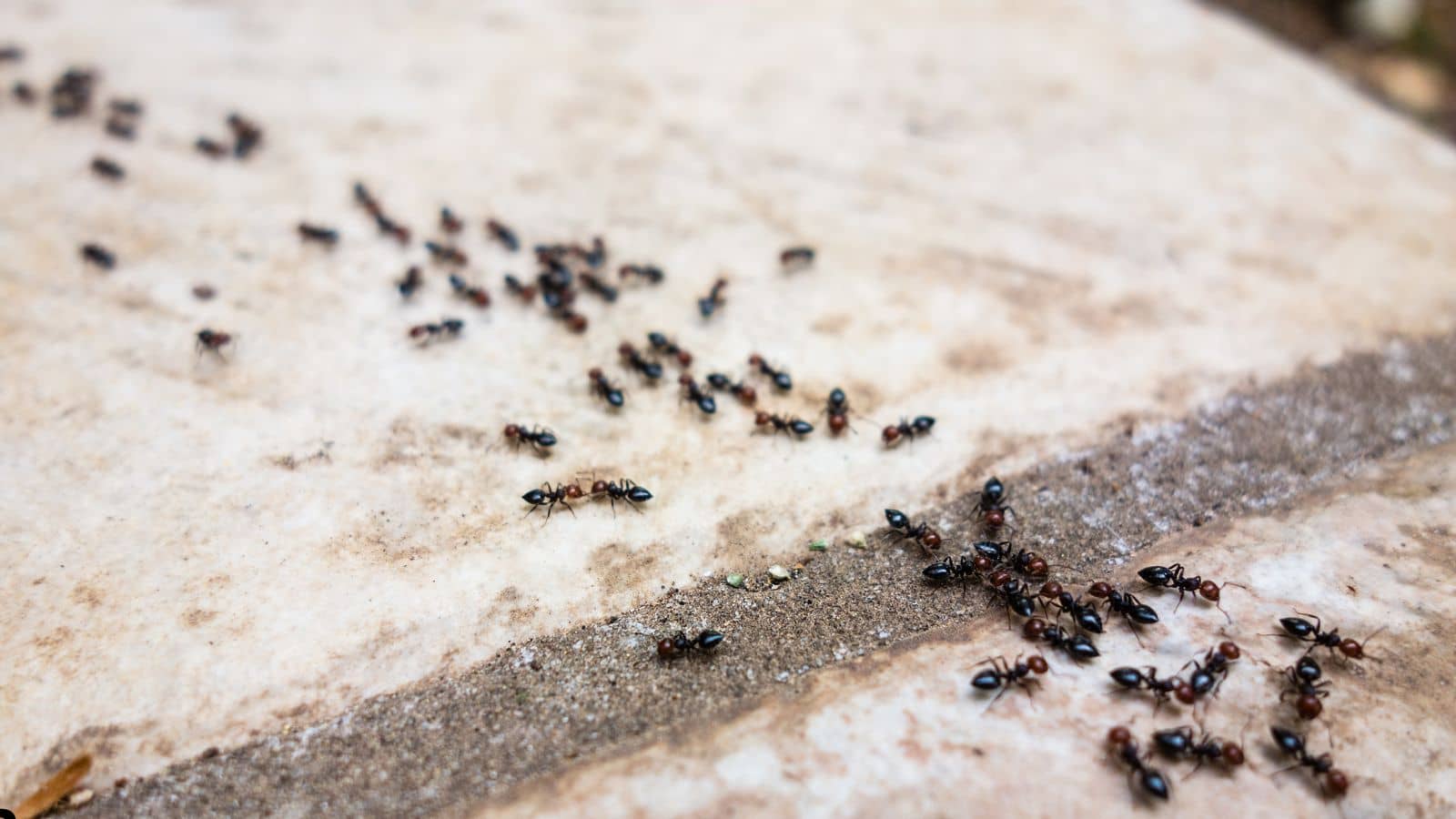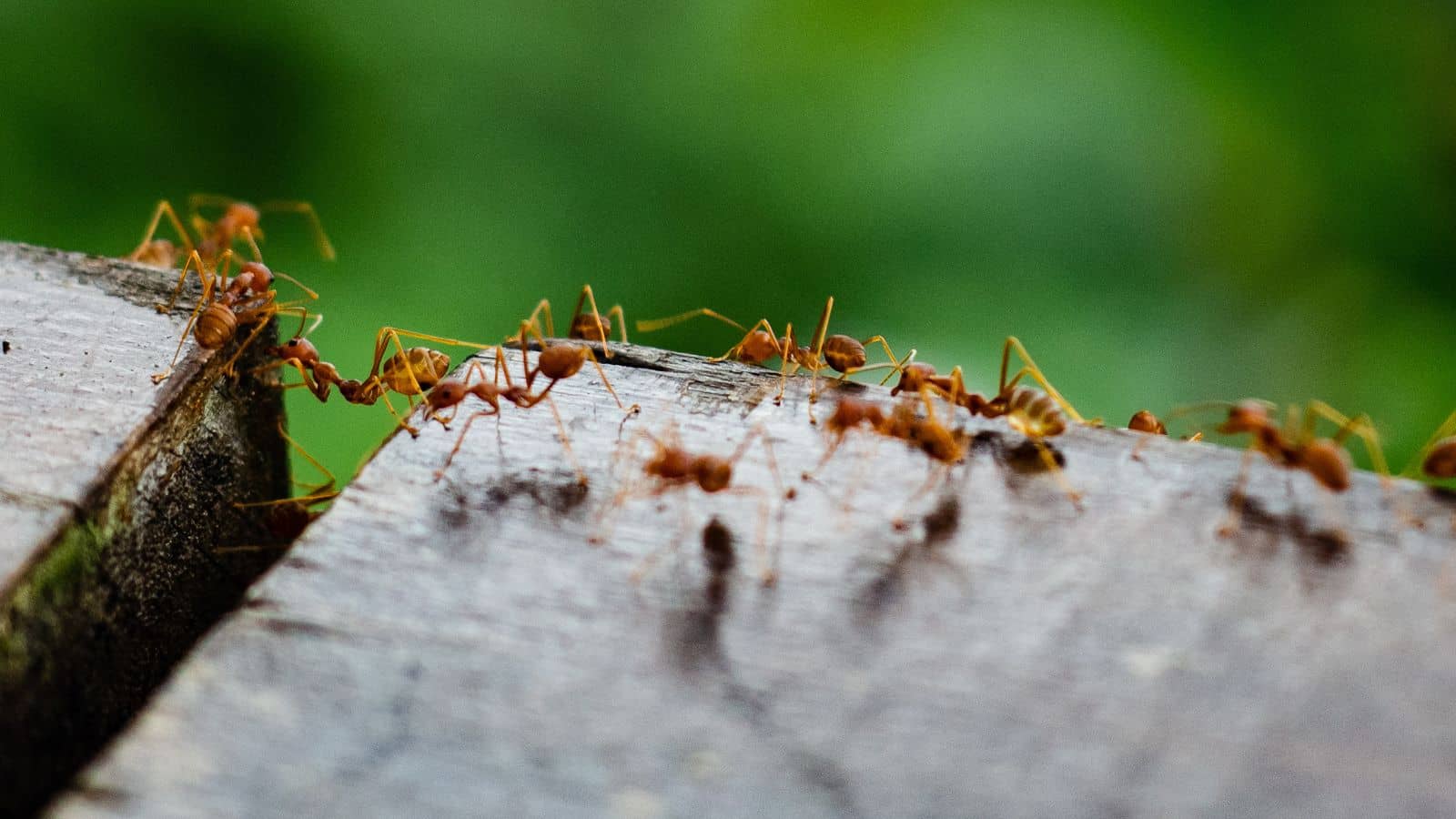A mattress encasement designed to protect you from bed bugs completely encases the mattress in a zipped barrier, effectively sealing it off from tiny invaders.
An encasement not only prevents bugs from getting in your bed, but it also traps the bugs already inside your bed, cutting them off from their favorite food source: You! With no way out, bed bugs will eventually starve to death.
Not just any bed bug mattress cover will do the job. There is a dizzying variety on the market. Choose wisely to get a good night’s rest. Here’s how:
Look for a 100% Waterproof Cover
Bed bugs are a bloody mess. Not only can their bites cause you to bleed, but you can rollover the little pests in your sleep, crushing them under your weight. Those little drops of blood could either be yours or theirs. A waterproof cover will prevent blood from seeping into the mattress.
Reduce Noise
You don’t want the sound of crinkling plastic disrupting your sleep every time you turn over. Some mattress covers feature a noise-free material such as premium terry cotton that’s also washable.
Consider Breathability
Find a mattress cover that’s breathable, allowing for the free flow of air. Breathable fabrics include polyester and cotton-polyester blend.
Protect More Than Your Mattress
Bed bugs take up residence inside your pillow and box spring, too. Encasements come in a variety of sizes to fit the dimensions of your box spring. And protective pillow covers will keep bugs out of your hair.
Keep the Cover On
Bed bugs can live an impressively long time without food, so be sure not to remove your mattress cover for at least 18 months. Keeping them contained is key to preventing them from spreading to other parts of the home. If you have to transfer it to another bed, wash it in 140-degree water first to rid it of any bugs and eggs that may linger.
Check for Certified Bed Bug Protection
Some mattress covers may claim to protect against bed bugs but don’t meet industry testing standards. Look for encasements that are lab-tested and certified to be bed-bug-proof. Brands with certifications from organizations like Entomology Labs or pest control professionals are more trustworthy for long-term protection.
Pay Attention to Zipper Quality
One of the most critical weak points in any mattress encasement is the zipper. If there’s even a small gap, bed bugs can slip in or out. Choose a cover with:
- A zipper that runs along the full edge of the encasement for complete closure.
- A zipper cover or flap to block micro openings at the end of the track.
- Tightly stitched seams to prevent tearing and fraying over time.
How to Clean and Maintain Your Mattress Cover
While most quality mattress covers are built to last, proper maintenance extends their life and ensures effectiveness. Here’s how to care for yours:
- Wash every 3 to 4 months in hot water (at least 140°F).
- Dry on high heat or line-dry in direct sunlight, which helps kill off lingering bugs or eggs.
- Inspect for tears or wear during every wash to make sure it’s still sealed tight.
- Replace immediately if any holes, worn-out zippers, or seam splits appear.
When a Mattress Cover Isn’t Enough
Mattress covers are great at trapping bed bugs and preventing new infestations—but they don’t eliminate existing populations throughout your home. If you’ve seen bugs crawling on walls, furniture, or in cracks and crevices, it’s time to take further action.
Here’s when to escalate:
- You’re still getting bitten even with the encasement in place.
- You notice signs of infestation in other areas (couches, curtains, outlets).
- DIY methods haven’t resolved the issue after several weeks.
In these cases, professional treatment is your best bet. Heat treatments, chemical applications, and whole-home inspections ensure that every stage of the bed bug life cycle is eliminated.
Get Expert Help with Persistent Bed Bugs
If you’ve done everything right—sealed your mattress, followed cleaning routines, and still see signs of bed bugs—it’s time to call in reinforcements. At OPP, we offer free inspections and safe, effective solutions tailored for California homes. Our local teams understand how bed bugs behave in different climates, and we’ll help you sleep easy again.
Request your free inspection today and take the next step toward a bed-bug-free home.
📞 Call Now
💻 Request a Quote Online
Bottom line:
A quality bed bug mattress encasement is a good defense against these pests. However, it won’t completely solve your problem. Bed bugs also hide inside furniture and rugs. Only professional pest control services can rid your home of bed bugs for good. To schedule your appointment with Official Pest Prevention, (877) 711 2847.
